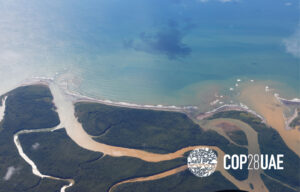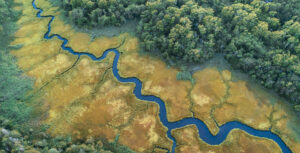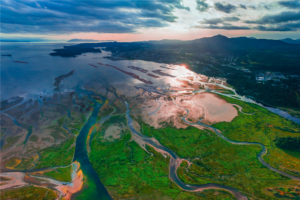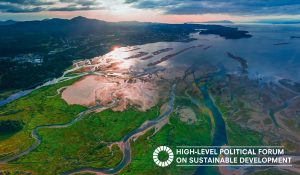- SIWI – Leading expert in water governance
- /
- Latest
- /
- 5 challenges that need a source-to-sea approach
5 challenges that need a source-to-sea approach
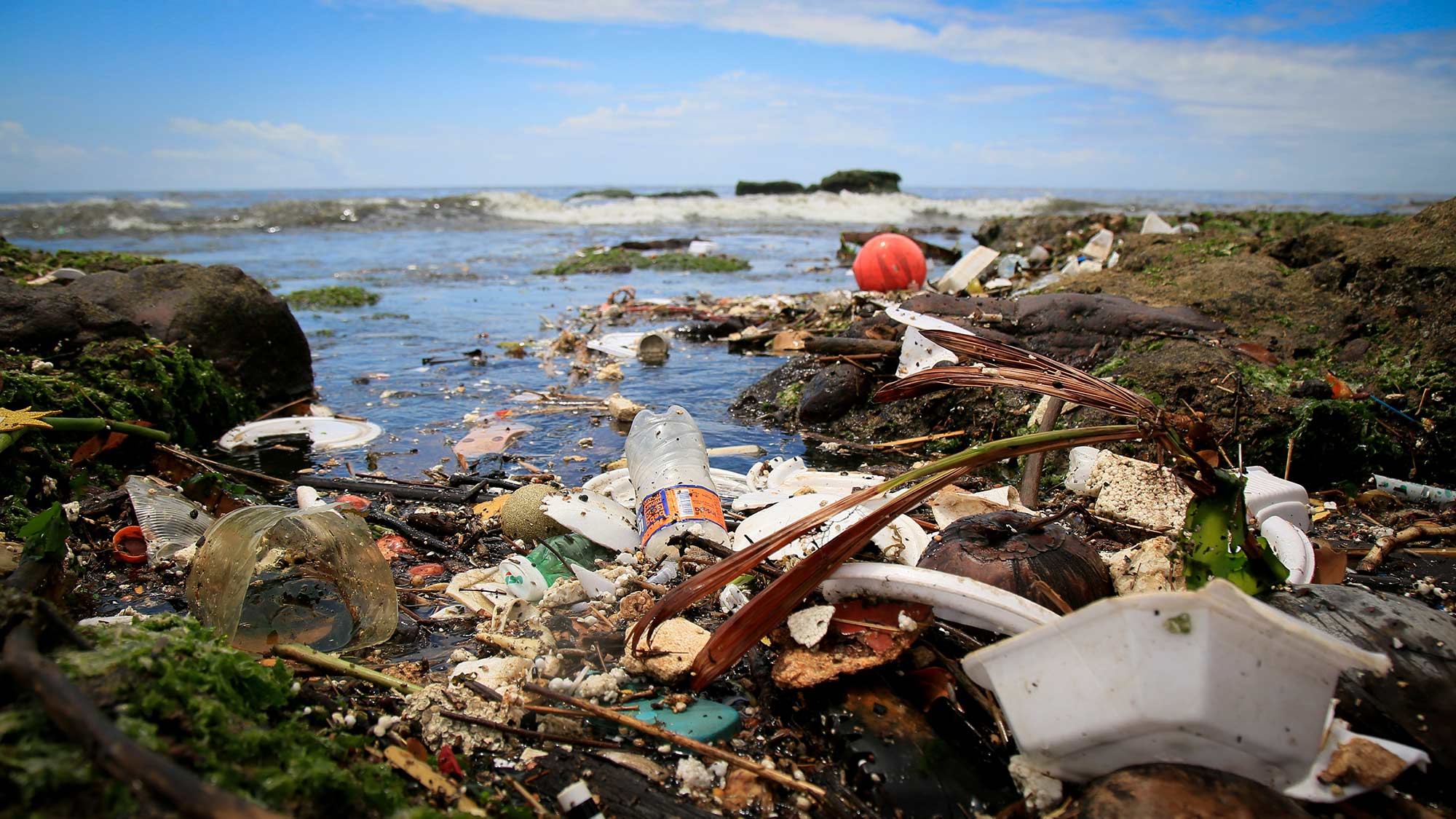
How can we tackle today’s increasingly interconnected problems, like climate change, biodiversity loss, and ocean pollution? A big part of the answer is collective action, across traditional sectors and borders. This is what source-to-sea management is all about. Here we take a look at how it can help us address five complex challenges.
Many of today’s greatest environmental problems are due to the unforeseen impacts of actions that did not consider upstream and downstream connections. Existing governance systems are seldom designed to handle challenges that cross land, freshwater, coastal, and marine boundaries. These challenges cannot be addressed in isolation where the impact is being felt but must include actions outside the locality, sometimes hundreds or even thousands of kilometres away. As such, we need new forms of management that recognize the linkages between ecosystems all the way from the mountains to the ocean.
Source-to-sea management is an effective approach that does just this and SIWI has developed a range of tools to help practitioners get started. Here are five examples of areas that can benefit from source-to-sea management:
Ocean health
The ocean is in far greater peril than most people are aware. Humans have put unsustainable pressure on the world’s oceans and that creates enormous risks for all present and future life on Earth. Most ocean pollution originates from land-based activities and washes into the seas and ocean through rivers and other waterways. This includes agricultural runoff, wastewater, and solid waste. Additionally, unsustainable freshwater abstraction alters natural hydrology and impacts environmental flows, leading to degraded riverine and estuarine ecosystems. Greenhouse gas emissions and destruction of coastal wetlands further rob the ocean of its capacity to moderate the climate.
Solving this requires a holistic approach as today’s governance systems are too fragmented to halt the destructive practices that are putting the ocean, and our lives, in jeopardy. To restore and protect ocean health, collaboration and coordination must take place across the source-to-sea continuum.
Climate change
Healthy ecosystems provide invaluable services for climate mitigation and adaptation, but nature-based climate action must consider the linkages between land, freshwater, coastal, and marine ecosystems to achieve the greatest system-wide benefits. Source-to-sea perspectives must be mainstreamed into climate plans and strategies at subnational, national, and international levels. To progress and implement effective climate mitigation and adaptation actions we need inclusive, cross-sectoral collaboration and coordinated action.
Biodiversity loss
Rivers, lakes, and aquifers are the lifeblood of the economy and societies; they supply freshwater, sediments, and other nutrients to coasts, and are critically important resources for coastal ecological functions. Estuaries are systems of high ecological significance, providing sheltered refuge and habitat niches, abundant nutrients and high productivity, while serving as spawning and feeding grounds for many species of fish, mammals, and birds. However, freshwater ecosystems are the hardest hit by the current biodiversity crisis with around 80 percent of freshwater species lost since the 1970s. The current rate of wetland loss is three times that of forest loss. Much of this occurs due to the failure to commprehend the interconnected nature of aquatic ecosystems and the wide range of benefits they provide.
Understanding the fundamental linkages of how interventions can impact biodiversity both downstream and upstream is vital to reversing the trend of biodiversity loss and to maintain economic productivity. The integrated approach embodied in source-to-sea management underscores the importance of biodiversity and healthy ecosystems by highlighting the interconnectedness between human and natural systems from land to freshwater, coastal, and marine ecosystems.
Plastic pollution
This urgent and major challenge facing humanity requires action across source-to-sea systems and along the entire plastic value chain. Estimates are that nine to fourteen million tonnes of plastic enter the ocean every year, mainly from land-based sources. Plastics and micro plastics have a myriad of detrimental impacts on the health of ecosystems and humans. Current fragmented and isolated responses to plastic pollution have been largely unsuccessful or only partly successful in preventing it.
By addressing multiple sources of plastic, stressing the linkages across the source-to-sea system, and engaging parties across the entire value chain, source-to-sea management is a valuable approach for the prevention of plastic pollution. SAnd when it is combined with a transformation of the production and consumption system from linear to circular, then we have the best chance to keep plastic out of rivers and the ocean.
Sustainable development
In 2015, the world agreed on 17 Sustainable Development Goals (SDGs) that should be achieved by 2030, but halfway to that deadline, the UN Secretary-General António Guterres is warning us that the goals are drifting further away by the day. The root cause is described as “a confluence of challenges unlike any other in our lifetimes”, which requires profound transformations of our societies and economies.
The source-to-sea approach is a constructive response that can help us make progress on all the SDGs since they are all dependent on each other. Freshwater is an important connector between the different SDGs and a good starting point for solutions that increase the resilience of both people and the planet.
Most recent
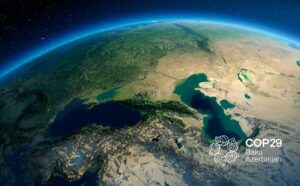
SIWI’s endorsement of the COP29 Declaration on Water for Climate Action
- Water and climate
- World Water Week
- Water governance
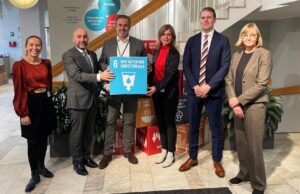
SIWI-WASH experts join IVL
- Water, Sanitation and Hygiene (WASH)
- Water governance
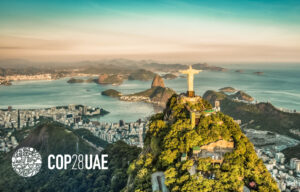
Urban water resilience; practical examples of locally-led adaptation
